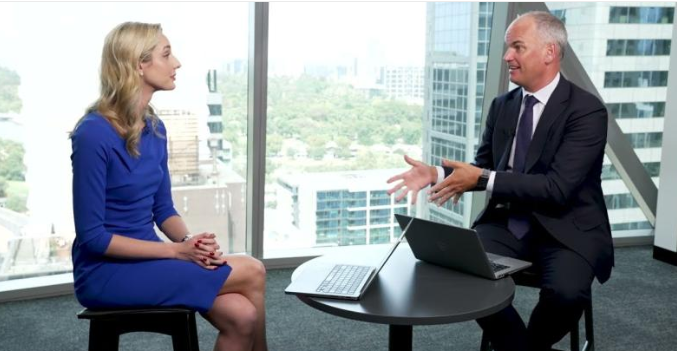In somewhat of a surprise decision, the RBA Board today persisted with the July meeting decision to taper bond purchases from September.
The Board seemed to place a lot of faith in the ability of the economy to bounce back quickly once the virus outbreaks are contained. Certainly, that has been the experience to date. Also relevant is that the economic recovery in Australia has been stronger than was earlier expected.
Having said that the Governor noted that the Board will maintain its “flexible” approach to the rate of bond purchases, reviewing the program in light of economic conditions and the health situation, and their implications for the expected progress towards full employment and the inflation target.
The COVID-induced lockdowns in Sydney and elsewhere clearly constitute a drag on activity growth with attendant downward pressure on employment growth and wage and price inflation. In the short term, the lockdowns will almost certainly see negative growth in the September quarter and probably a “technical recession” in the second half of 2021. However, at least for the time being, the economy’s capacity to bounce back has persuaded the Bank from reversing the July tapering decision.
In so doing, the RBA seems to have not adjusted the ‘character’ of its forecast path for activity, employment and inflation in the light of likely short-term setbacks, going as far as to express a degree of confidence regarding a pick-up in wages and inflation, albeit a gradual one. There will, however, be some short-term activity weakness in the second half of calendar 2021 that will largely be offset by a stronger first half of 2022. Those effects will be reflected in new forecasts issued by the Bank on Friday when it releases its quarterly Statement on Monetary Policy (SoMP).
Today’s Statement in the main preserves the RBA’s cautious approach to the withdrawal of historically high levels of monetary stimulus. Despite sticking to the tapering roadmap enunciated last month, given COVID lockdowns and the June quarter inflation print, the RBA is likely to be happy in the current circumstance to lag the global normalisation of policy rates.
A number of central banks (Bank of Canada, Norges Bank, the RBNZ and even the Fed ‘dot plot’), have foreshadowed potential policy rate increases through 2022. The point of difference between the RBA and the others is underscored by the RBA’s expectation that the condition (or ‘outcome)’ for any increase in the policy rate “will not be met before 2024.”
While the lockdowns remain a near-term concern other factors account for the RBA caution and its ongoing desire for “flexibility”.
For one thing, the RBA would like to get some clarity around the Fed tapering process. While the Fed has commenced “talking about talking about” tapering, following last Wednesday’s FOMC meeting the earliest opportunity for a tapering road-map is not until the September 21-22 FOMC meeting, and any subsequent action may not commence before the end of the year.
As part of the quest to generate tight labour markets and attendant wage and price inflation, the RBA remains motivated to avoid an unwelcome upward movement in the AUD. Any move up in the AUD could well frustrate the task of getting unemployment down and wage growth and inflation up. It seems clear that the RBA has achieved its stated objective of “keeping the AUD lower than it otherwise would have been”.
In my view, it doesn’t wish to risk the unwinding of those achievements by prematurely foreshadowing a more significant retreat from the current historically high levels of monetary accommodation. That will likely remain the case until there is some clarity around the Fed roadmap to tapering. In that context, the near-term course of the AUD after today’s decision will be closely monitored going into the September meeting.
Stephen Miller is an Investment Strategist with GSFM. The views expressed are his own and do not consider the circumstances of any investor.





